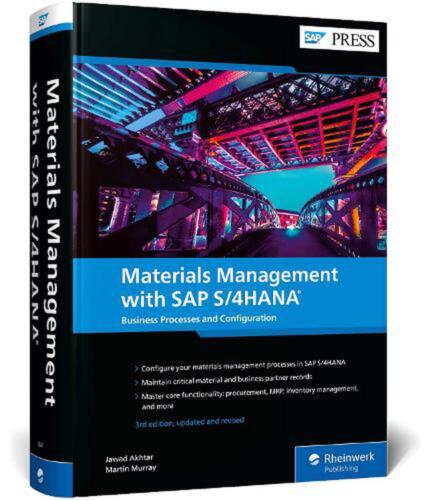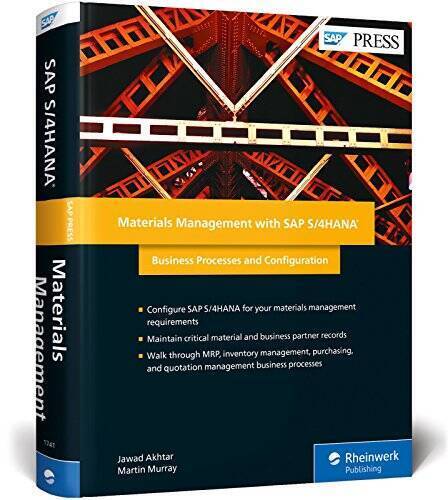Data centers are the backbone of modern businesses, providing the infrastructure needed to store, process, and transmit data efficiently. With the increasing complexity of technology and the growing amount of data being generated, it is more important than ever for data centers to streamline their processes and ensure optimal performance. One key aspect of this is problem management, which involves identifying, analyzing, and resolving issues that may arise within the data center environment.
Problem management in data centers is essential for several reasons. Firstly, it helps to minimize downtime and ensure that critical systems are always up and running. Downtime can be costly for businesses, leading to lost revenue, decreased productivity, and damage to reputation. By proactively identifying and addressing problems, data centers can prevent potential issues from escalating into major disruptions.
In addition to minimizing downtime, problem management also helps to improve the overall efficiency of data center operations. By identifying and resolving recurring issues, data center staff can streamline processes and optimize performance. This can lead to cost savings, as resources are used more effectively, and energy consumption is reduced. Furthermore, by addressing problems before they impact operations, data centers can enhance the reliability and availability of services for their customers.
Another benefit of problem management in data centers is improved security. Data centers store sensitive and valuable information, making them a target for cyberattacks and other security threats. By promptly addressing vulnerabilities and security incidents, data centers can mitigate risks and protect their data and systems from potential breaches. This helps to safeguard the integrity and confidentiality of data, ensuring compliance with regulations and maintaining trust with customers.
Overall, problem management plays a crucial role in streamlining processes and optimizing performance in data centers. By proactively identifying and resolving issues, data centers can minimize downtime, improve efficiency, enhance security, and ultimately provide a more reliable and resilient infrastructure for businesses. Investing in problem management processes and tools is essential for data centers to stay competitive in today’s fast-paced and demanding digital landscape.














